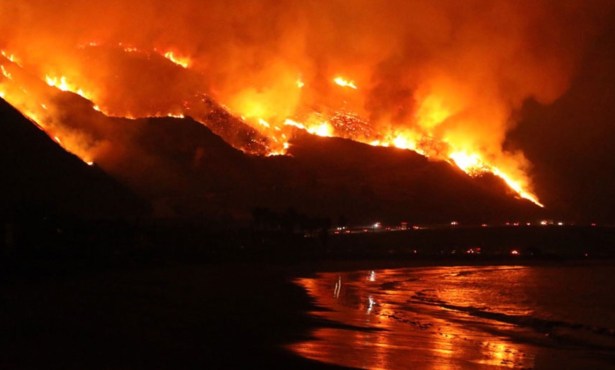The Carbon Market and Global Climate Issues
UCSB's Kyle Meng Discusses Environmental Economics
Kyle Meng tends to think big — as in globally. Currently teaching UCSB courses on economics and the environment as well as climate change policy, he sees a future where climate change is battled with market-based solutions though he is concerned altered weather patterns could destabilize societies and markets around the world.
One problem with carbon emissions is that simple activities, like turning on the air conditioning, can lead to impacts distant in time or location. Because this consequence is experienced by someone else — the environment, humans on other continents, or animals — there is little obvious incentive for many of us to reduce carbon emissions.
One solution to this problem is to put a price on pollution.
This is the foundation for emissions trading and carbon taxes. “When prices go up,” Meng said. “We reduce our activity of that particular type. Government regulation which puts a price on carbon could help reduce emissions.”
Meng believes that environmental economics “is fundamentally about harnessing the power of markets to address environmental problems.” In the wake of the recent COP21 climate summit, Meng argued, an international cap-and-trade market could be one way to reduce global emissions in a cost-effective manner. “The climate is a global public good, meaning what happens to the climate affects everyone. Isolated actions by any one country are not going to be enough.”
The two most prominent emissions trading systems are located in the European Union and here in California under AB 32, the Global Warming Solutions Act of 2006. UCSB opted into the state’s emissions market in 2015 for the first time. Any difference between the school’s allocated emissions and actual emissions will have to be purchased from the market as allowances. For the first AB 32 compliance period — 2015-2017 — the school plans to be below its carbon limit and not have to buy allowances. UCSB has prioritized efficiency and solar installation projects to achieve this goal. Among these projects, the university is working toward building a campus-wide chilled-water loop and a second 4.5 megawatt solar photovoltaic project. In many ways, UCSB reflects California’s commitment to be at the forefront of climate action policy.
“We also know that the broader the coverage of a cap-and-trade program, the less costly it’s going to be to make the same amount of reduction,” Meng said of achieving carbon reductions around the world. The global market can reduce emissions at lower cost and drive innovation toward low-carbon sources of energy, Meng explained.
Meng’s research also focuses on the potential impacts of climate change, which he tries to understand by looking to the recent past, such as the global climatic phenomenon known as El Niño. A “godzilla” El Niño like this year’s, which is causing a massive drought in Africa, is expected to cause widespread crop failures. Meng has studied El Niño–driven environmental conditions over the last 50 years. These major agricultural losses, he observed, have the potential to lead to an increased amount of civil unrest and conflict within tropical nations.
“Hotter conditions lead to more crop losses, and those crop losses lead to food shortages which can potentially destabilize a society,” Meng said. “Civil wars increase. In fact, the likelihood of civil war breaking out in a tropical region doubled during strong El Niño events like the one we’re experiencing this year compared with cooler La Niña events,” Meng noted.
Meng described El Niño’s rippling effects as impacting one region of the world after another. “In that sense,” he said. “One can think about El Niño as a similar analog to how we think about potential future impacts of climate change.”
Dr. Meng joined UCSB relatively recently from a PhD at Columbia and a postdoctoral fellowship at Princeton. He already feels settled in the uniquely collaborative work environment at the university. In particular, the Bren school, Meng says, is known for its interdisciplinary environment where faculty find themselves in “a very supportive place with brilliant and intellectually open colleagues.”



